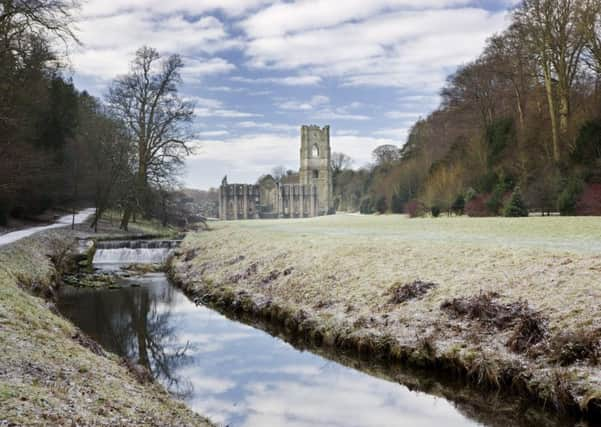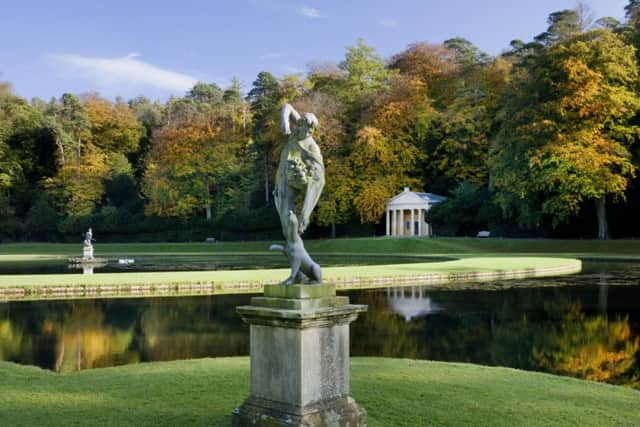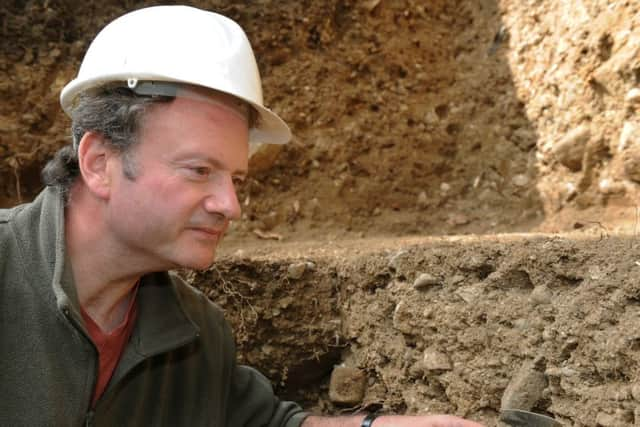Protection plan drawn up for flood threatened Fountains Abbey


An angry mob, incensed by abbot Henry Murdac’s opposition to the election of rival William FitzHerbert as the archbishop of York, attacked Fountains Abbey and burnt it to the ground in the 12th century, but according to a new management blueprint for the site, it is now flooding that poses “the most significant threat” to the UNESCO World Heritage Site’s “outstanding universal value”.
Despite plans - some of which are long since abandoned or have had limited impact when put into action - the Abbey and the Studley Royal estate near Ripon remains vulnerable to the affects of periods of heavy rainfall like those experienced all too destructively across other parts of the region in recent months.
Advertisement
Hide AdAdvertisement
Hide AdThe threat to both the Abbey and the estate’s spectacular 18th century water gardens, is posed by the River Skell which runs through the estate and its small, steep catchment area upstream which is prone to high levels of run-off water during downpours.


According to a new six-year management plan drawn up by the National Trust, the estate’s owners, the potential risks to the site include “irreversible damage or loss of historic features, landscapes and buildings”, which could diminish the enjoyment of the 370,000 visitors to the estate annually and restrict access to its grounds.
To address the threat, the Ripon Flood Alleviation Scheme was mooted by the Environment Agency in 2004 but did not come to fruition, while another local initiative to reduce run-off upstream using ‘soft’ engineering techniques attracted little take-up by other land managers.
A key priority of the new management plan is to succeed where those strategies have failed by working with Yorkshire Wildlife Trust and Nidderdale Area of Outstanding Natural Beauty to develop a project within the Skell’s catchment area that will boost both biodiversity and flood management.
Advertisement
Hide AdAdvertisement
Hide AdA new ‘control weir’ is being considered for the estate’s Half Moon Reservoir to divert excess river water through sluice tunnels, and the National Trust is exploring ways to manage the build up of silt through an annual cleaning programme to run alongside its current river dredging operations.


Sarah France, the estate’s World Heritage Site co-ordinator, said: “The world’s climate and weather patterns are changing and in 2007 the estate suffered some of the worst flooding it’s seen.
“This management plan is an important part of developing partnerships in the wider catchment area to help manage the potential impact of these changes on the site.”
Another priority of the new plan is to raise the profile of the estate’s less well visited water gardens, something archaeologist Mark Newman aims to do in a new book entitled The Wonder of the North which tells the estate’s full history for the first time.
Advertisement
Hide AdAdvertisement
Hide AdMr Newman said: “It’s the Abbey that’s famous but the estate’s World Heritage Status is largely for the Georgian garden at Studley Royal. As a nation we forgot about our great Georgian gardens - once described as England’s greatest contribution to the canon of Western art.”


TOO FEW TREES FOR PROTECTION
Nearly 27,000 people have signed an online petition calling for the Government to prioritise tree planting to help reduce flooding.
But the Horticultural Trades Association said the amount of new tree planting in England has fallen from 3,300 hectares two years ago to 2,400 ha last year.
The HFA said tree growers face dumping trees they have grown to fulfil predicted grant orders which have not materialised, and blamed new technological ‘improvements’ to woodland and tree planting grant administration by Defra and its agencies.
Advertisement
Hide AdAdvertisement
Hide Ad

Carol Paris, the group’s chief executive, said: “As an industry we’re doing everything we can to grow trees for the benefit of the family-run businesses and to protect the UK countryside, but we cannot grow trees commercially when the market is so unstable.”
A Defra spokesperson said: “We’ve listened to feedback and have made improvements to the application process so that applicants this year will only need to complete one, self-calculating form.”